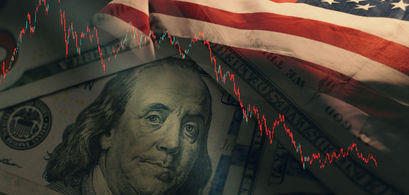Definition
The term Flash Crash of 2010 refers to a sharp drop in the price of securities starting around 2:32 p.m. Eastern Standard Time on May 6, 2010. An investigation into the cause of the Flash Crash of 2010 would later reveal it was caused by an order to sell 75,000 E-Mini S&P contracts.
Explanation
Also known as The Crash of 2:45, the Flash Crash of 2010 began around 2:30 p.m. Eastern Standard Time (EST) on May 6, 2010. This event is notable due to both the stock market's rapid decline as well as its subsequent rebound. The S&P 500 Index, Nasdaq Composite, as well as the Dow Jones Industrial Average all collapsed and rebounded quickly.
The Dow Jones Industrial Average (DJIA) was down approximately 2% around 2:30 p.m. EST as the Greek economy continued to struggle. By 2:45 p.m. EST, the DJIA was down 998.5 points, which was a decline of around 9%. Trading that day would also record the second-largest intraday point swing of 1,010.14 points. On May 6, 2010, the DJIA would open at 10,868.12, hit a high of 10,879.76, hit a low of 9,869.62, and close at 10,520.32.
The cause of the crash would eventually be traced to a single trader named Navinder Singh Sarao, who used a Layering Algorithm to place orders for around 3,600 lots of the E-mini S&P contract. These orders were modified around 19,000 times on the morning of May 6, 2010. This represented nearly $200 million worth of downward pressure on the E-mini price, which was around 25% of the entire sell side book. During a two-hour window, Sarao traded over 62,000 E-mini S&P contracts with a notional value of $3.5 billion. In total, Sarao would make nearly $880,000 in net profits that day.





